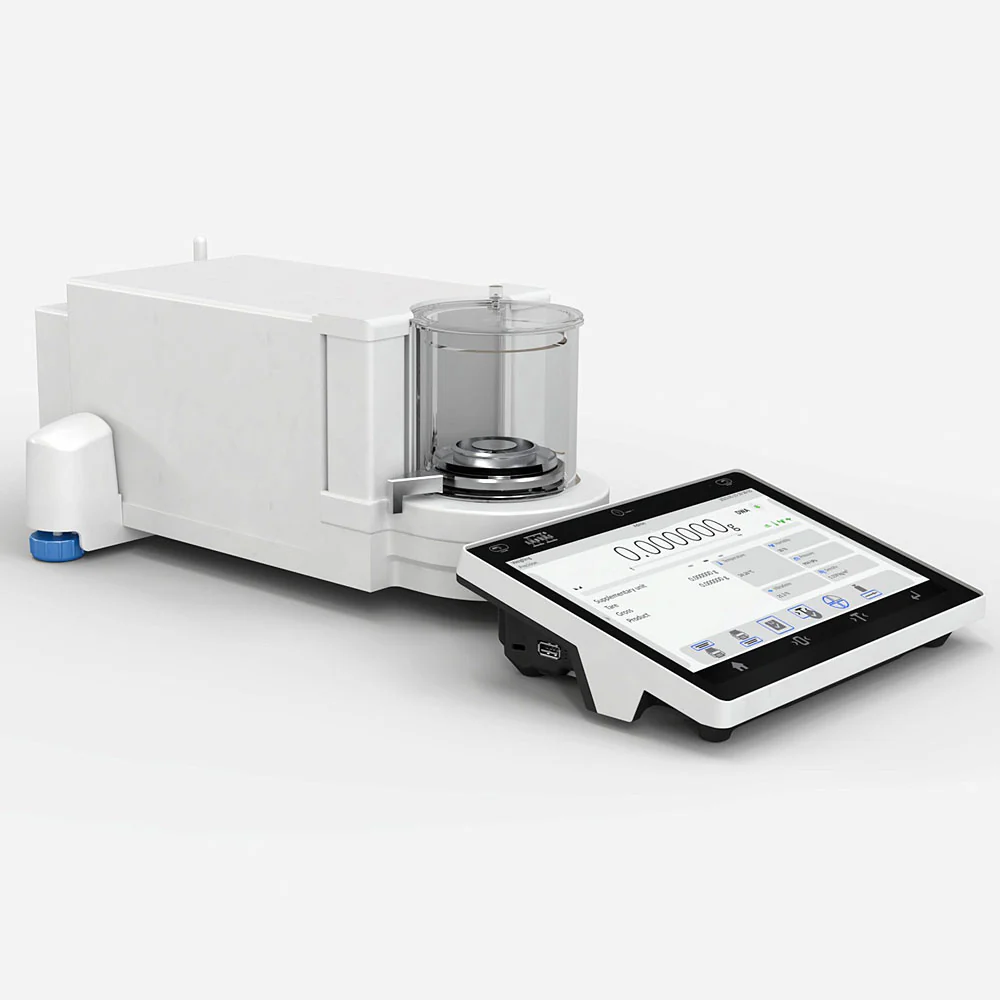Accuracy is not just a goal; it's a fundamental requirement for scientific research and analysis. For many laboratories, this pursuit of precision hinges on the use of microbalances: sophisticated instruments designed to weigh incredibly small samples with exceptional accuracy. These delicate devices are essential tools in fields ranging from pharmaceuticals and nanotechnology to environmental science and materials research.
However, choosing the right microbalance for your specific needs can be a complex undertaking. The market offers a wide array of options, each with varying features, specifications, and capabilities. This comprehensive guide will help you equip your lab with the right instrument for your critical work.
Key Factors to Consider When Choosing a Microbalance
Selecting the right microbalance requires careful consideration of several key factors:
1. Readability and Accuracy
· Readability: This refers to the smallest increment that the balance can display. Microbalances typically have readabilities ranging from 0.1 µg to 1 µg.
· Accuracy: This indicates how close the measurement is to the true value. Accuracy is influenced by factors like linearity, repeatability, and sensitivity.
The required readability and accuracy will depend on the specific applications in your lab. For highly sensitive measurements, a balance with the highest readability and accuracy is essential.
2. Capacity
Capacity refers to the maximum weight that the microbalance can measure.
Microbalances generally have lower capacities than analytical balances, often in the range of a few grams.
Choose a balance with a capacity that is sufficient for your sample sizes but avoid a capacity that is significantly larger than needed, as this can compromise accuracy.
3. Environmental Control
Microbalances are extremely sensitive to environmental factors. Therefore, proper environmental control is essential for accurate measurements.
Consider the following:
· Vibration Isolation: Microbalances should be placed on a stable surface or an anti-vibration table to minimize the impact of vibrations.
· Temperature Control: Temperature fluctuations can affect measurements. Look for balances with internal temperature control or operate the balance in a temperature-controlled environment.
· Air Current Control: Air currents can also cause fluctuations in readings. Use a draft shield to protect the balance from air movement.
4. Calibration
Regular calibration is essential to ensure the accuracy of a microbalance.
Consider the following:
· Internal Calibration: Some microbalances have built-in calibration functions, which can simplify the process.
· External Calibration: External calibration requires the use of certified calibration weights.
Choose a balance that offers reliable calibration options and ensure that you have a plan for regular calibration.
Recommended: Radwag® Ultra Microbalances
5. Features and Functionality
Microbalances can come with a variety of features and functionalities, including:
· Data Output: RS-232, USB, or other interfaces for data transfer to computers or other devices.
· Software Integration: Compatibility with laboratory software for data analysis and management.
· Touchscreen Displays: For easy operation and data input.
· Applications: Some balances are designed for specific applications, such as filter weighing or density determination.
Consider the features that are most relevant to your lab's workflow and needs.
6. Budget
 Microbalances can vary significantly in price, depending on their features and capabilities. Determine your budget and prioritize the features that are most essential for your work.
Microbalances can vary significantly in price, depending on their features and capabilities. Determine your budget and prioritize the features that are most essential for your work.
Remember that investing in a high-quality microbalance can save you time and money in the long run by ensuring accurate and reliable results.
Choosing the Right Microbalance for Your Lab
Selecting the right microbalance is a critical decision that will impact the accuracy and reliability of your lab's work. By carefully considering the factors outlined above, you can choose a balance that meets your specific needs and contributes to the success of your research.
At MedLabAmerica.com, we understand the critical role that microbalances play in scientific research. We offer a diverse selection of high-quality microbalances from leading manufacturers. Our team of experts can help you navigate the selection process and choose the perfect balance for your lab's specific requirements.
Our collection also comprises vital signs monitors for hospitals and clinics, cryosurgical equipment and supplies, medical and industrial lighting systems, physical therapy and rehab equipment, and more.

